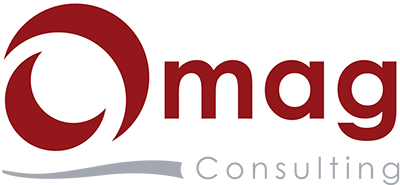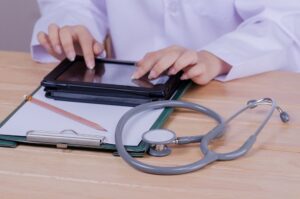Reinforced individual medical follow-up, often shortened by the 3 letters SIR, can apply to certain categories of employees and is established with follow-up of medical visits, with occupational health.
Why have this reinforced medical follow-up?
How is the decision to set up reinforced medical monitoring decided?
But let’s start at the beginning…
What is the reinforced individual medical follow-up?
Reinforced individual medical follow-up is the most in-depth examination of the medical visit which applies to employees of all companies. This is a follow-up that requires special management, which Omag consulting carries out thanks to its specific follow-up of reinforced medical visits.
Each employee must undergo a medical examination adapted to his workstation. Thus employed in an administrative position will be examined for his professional risks related for example to the intellectual load, the comfort of his workstation (chair, screen, desk, positions …), his visual fatigue and a general state of health.
For enhanced medical follow-up, the employee undergoes in-depth examinations in certain areas related to his position. These follow-ups correspond to the professional risks that he may have in his regular tasks.
The examinations are determined either by the occupational physician during the first visit, or by the single occupational risk document, drawn up by a specialized body.
Moreover, as its name suggests, this follow-up is individual. It is therefore adapted to each person, according to their physical condition, and according to the position occupied.
How is this reinforced medical follow-up decided?
Reinforced individual medical follow-up only applies to certain categories of employees, identified in the labor code by the article R4624-23 of labor Code :
- Night workers
- Workers, according to their position
- Personnel exposed to significant biological, nuclear or electromagnetic wave hazards
- Workers under 18
- Risk of falling from height (scaffolding in particular)
- Driving specific vehicles
- Use of hazardous materials and tools
The list of high-risk positions can be completed :
- By the employer according to his identified and motivated choices
- By the occupational physician, who will have identified specific risks during the “normal” visit of an employee
- By the CHSCT or the CSE
The management of follow-up medical visits is under HR responsabilities.
Why have reinforced monitoring of individual medical visits for certain categories of employees?
This medical follow-up only applies to certain categories of employees to avoid subjecting employees who are not assigned to their job to complex examinations. This involves, for example, detecting :
- Back problems for people who carry loads
- Respiratory risks for asbestos removal workers
- Skin problems when handling chemicals
- …
The objective of this follow-up is to avoid occupational diseases or musculoskeletal disorders. By carrying out regular monitoring, problems are identified as soon as possible, and an adaptation of the workstation will then be recommended. It is a medical follow-up which is a winner for the employee and for the employer :
- Reduce absenteeism related to health problems
- Improve the working conditions of employees
- Consider the risks
- support employees to change their ways of working
These visits make it possible, among other things, to draw up the DUE, and thus help employees to :
- Know how to carry loads without hurting your back
- Use the appropriate means of prevention (PPE – Personal Protective Equipment)
- Detect symptoms related to job risks as soon as they appear to avoid aggravation
- …
All these means are put in place for both the employer and the employee
If in doubt, do not hesitate to talk about your problems and symptoms with your occupational doctor: he is bound by medical secrecy, and will in no case be able to report them directly to your employer (unless you are unable to job on the job).
The occupational physician will, on the other hand, be able to contact your employer to give a complete overview of the company, identifying the risks and the problems to be solved. He will then be able to challenge the employer on the problems you will have discussed beforehand during your medical visit.
It is also possible that your employer is aware of the risks, and that an element did not concern him… Discussing it with him can unblock certain situations.
The management of reinforced medical visit is part of our outsourcing service for the management of medical visits offered by Omag Consulting







